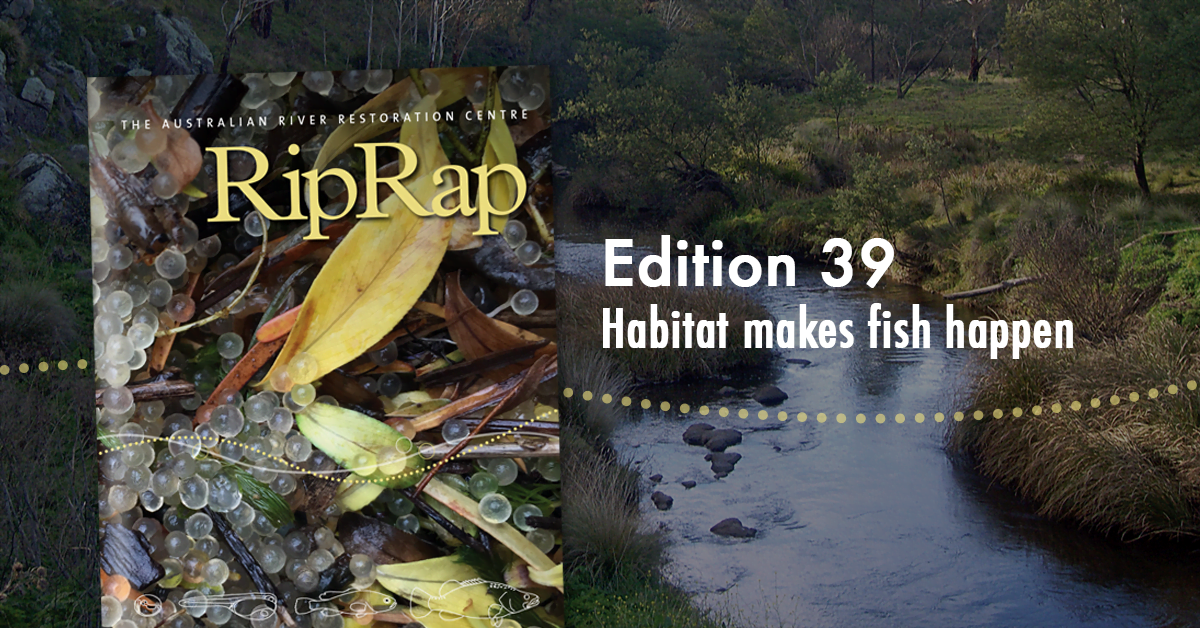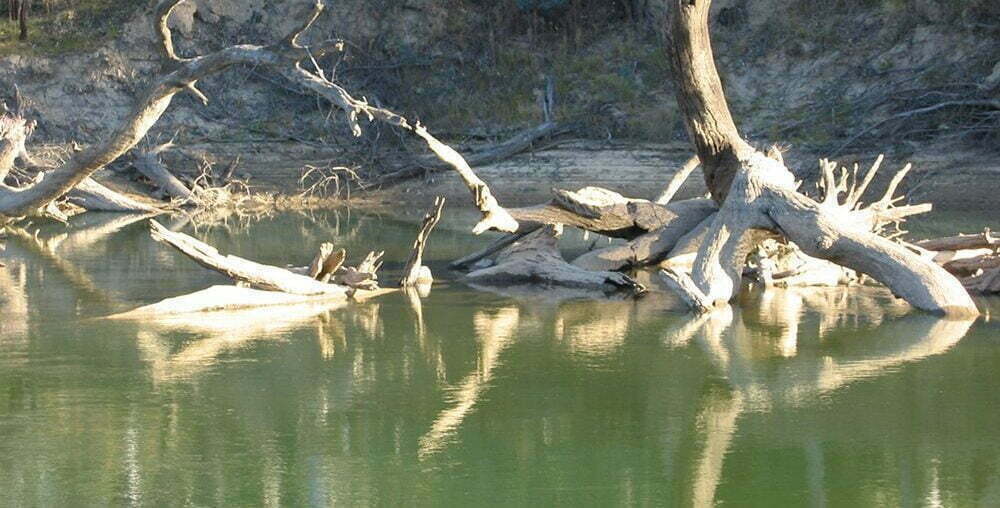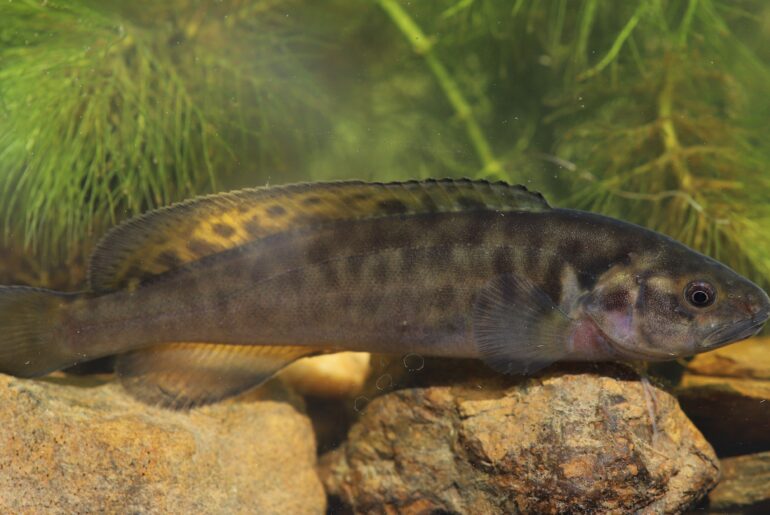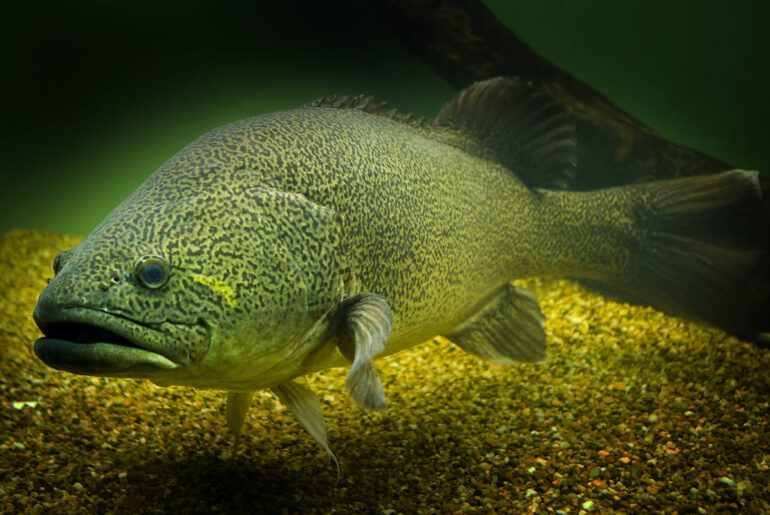Now, life for a river fish is just one long upstream swim. Which is at least one reason why snags (in stream woody habitat) are so important to native fish in the River Murray. Fish are almost always found at snags which they use as shelter from the constant flow of the river (hydraulic refuge). My thinking was that different snags might provide different hydraulic conditions, and that might be why different fish favoured particular snags.
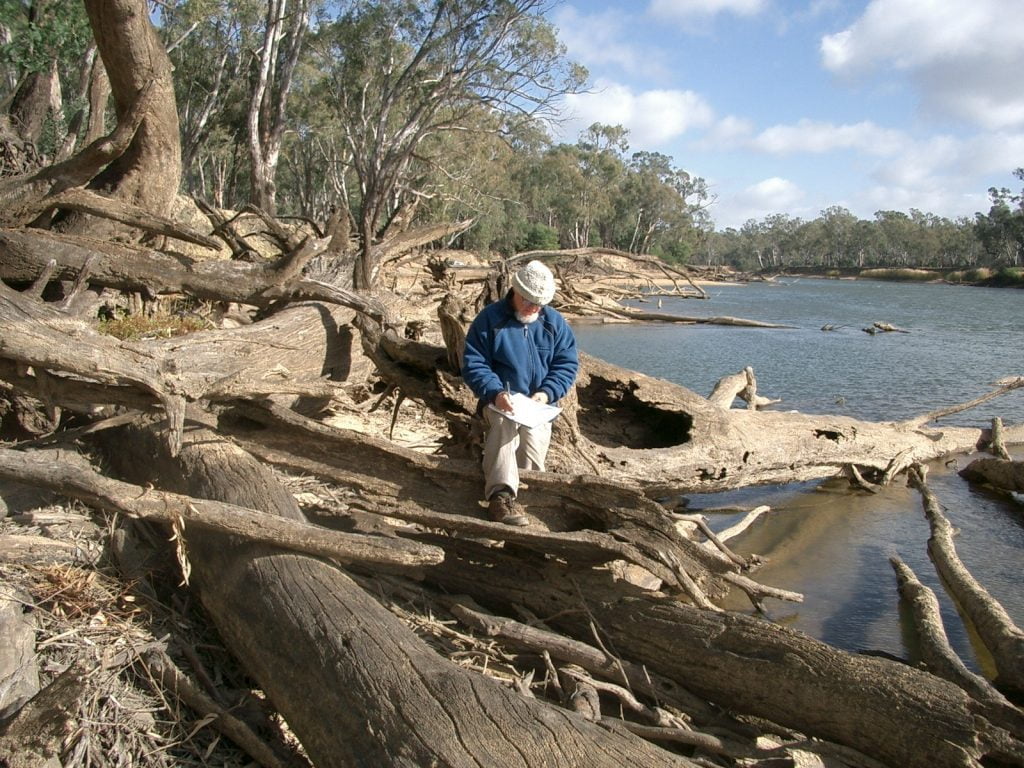
With this as my hypothesis, I set out to study hydraulic conditions around snags, particularly how they change between snags of different character, and river discharges. My study was in the Yarrawonga to Tocumwal reach of the River Murray, one of the few which has largely undisturbed natural snags. I looked at 90 snags of differing physical complexity, at five different river discharges. There are three components of in stream flows:
- flow direction
- horizontal velocity component (i.e. the speed at which the water is flowing in that direction)
- a vertical velocity component (the speed at which the water is flowing up or down relative to the horizontal)
I measured these three hydraulic conditions with an acoustic doppler profiler (ADP). The ADP provided measurements in 25 centimetre depth cells through the water column to produce a velocity profile – a three-dimensional ‘picture’ of flow through the water column. I recorded about 50 profiles at each snag (and at each discharge) and summarised the data. This gave a ‘snag scale’ picture of hydraulic habitat.
Findings:
So, what did I find? At very low river discharge (base flow of 2000 megaliths per day), there were no significant differences in hydraulic conditions between simple and complex sans, for example, while the mean horizontal velocity was higher at very simple snags (single logs parallel to the flow), it did not show a lot of difference between other, more complex snags. Variability of velocity did, however, increase with snag complexity, meaning complex snags had more areas of low velocity than simple snags. This is shown in their more positively skewed distribution of velocities (Figure 1).

Something else that varied between simple and complex snags was the variability of flow direction. We can show this with a circular histogram, which depicts how many flows are going in different directions. Figure 2 illustrates a simple and a complex snag.
The simple snag has most flows concentrated in a 90-degree arc close to the mean flow direction. The complex snag as flows going to all points. While a fish can’t read a histogram (!), it can use areas whee the flow is not going downstream to help it maintain stream position with minimal energy use. These findings show how hydraulic conditions vary between different snags at the same (high) discharge.

I also looked at how conditions changed between low to high discharges, and found some broad general trends. Unsurprisingly, mean and maximum velocities increased as discharge did, but they increased more at simple snags than at complex ones. Variability of horizontal velocity decreased as discharge increased, and velocity distribution became less positively skewed (meaning fewer areas of low velocity for a fish refuge). Variability of flow direction also declined, again suggesting less hydraulic refuge for fish.
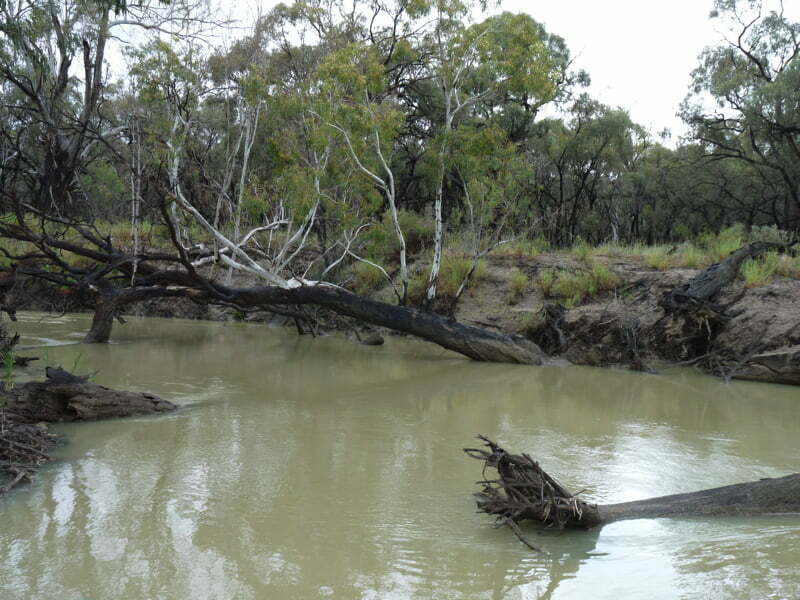
Do these hydraulic differences make any difference to fish?
My work found that fish were more abundant at large in stream wood that was physically and hydraulically more complex, and which had lower average horizontal velocities. I also investigated whether there was any relationship between different hydraulic conditions and the type of fish recorded at snags. This work is ongoing but some preliminary results show that Trout cod are associated with faster flowing water, both in horizontal and vertical directions.
There are a couple of take home messages that I would like to leave you with:
- Snags aren’t just snags – they vary hugely in their complexity and in the hydraulic habitat they provide.
- For a fish trying to maintain stream position with minimal energy expenditure, there is much more to hydraulic habitat than simply the average flow speed at a snag.
These points are important for anyone re-snagging rivers. Ideally, we want complex snag piles because putting in single, simple snags is unlikely to provide the hydraulic diversity that is useful for fish habitat.
Related stories:
Comfortable cod for Cowra: When recycled roadwork debris creates new habitat for fish
To read this and other great stories like it, you can purchase or download a copy of RipRap 39 magazine. A pdf version of this story is also available here.
